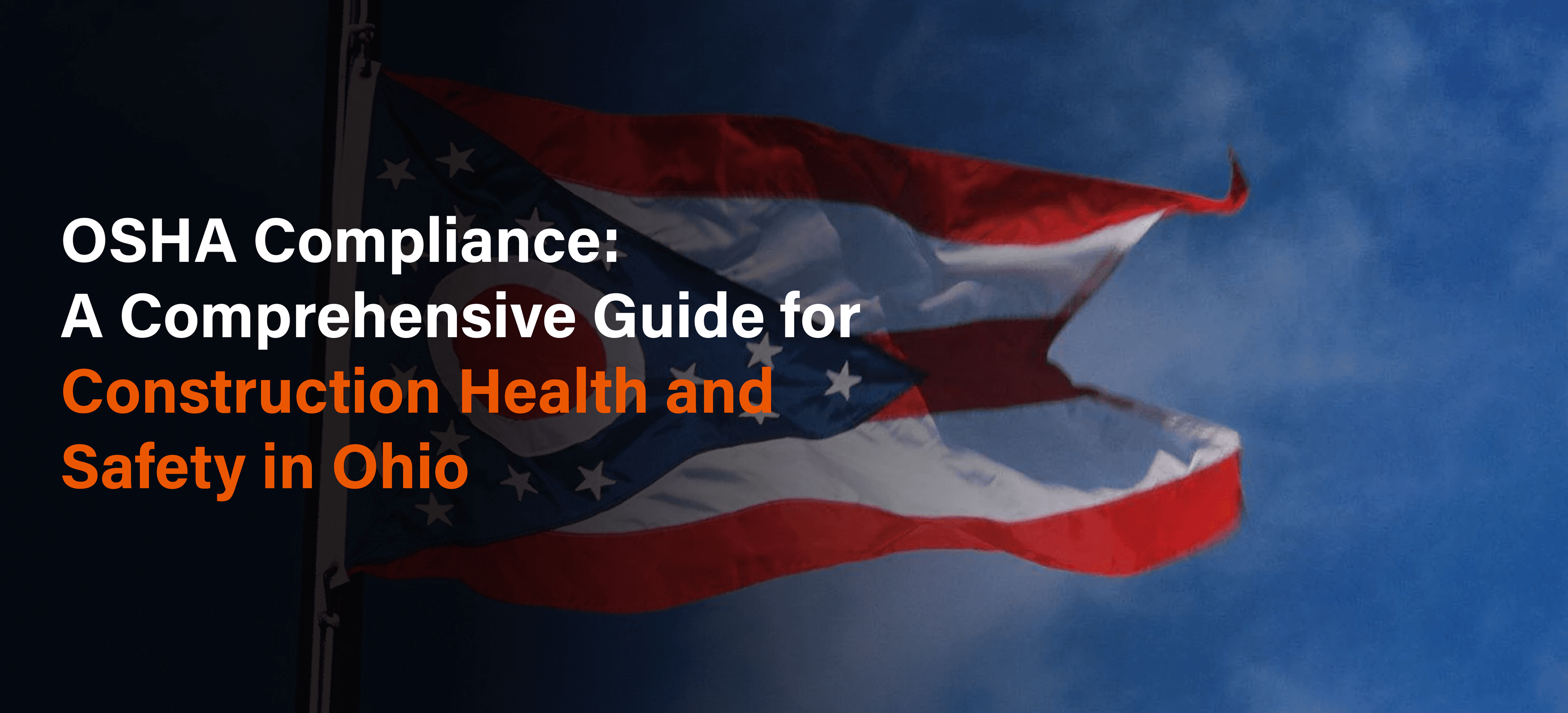The Occupational Safety and Health Administration (OSHA) ensures that construction projects are carried out safely and competently. Ohio is no exception; construction companies operating within the state must adhere to OSHA's regulations. This blog post serves as an extensive guide for construction health and safety in Ohio, focusing on OSHA compliance and the importance of fostering a safety culture on construction sites.
Understanding OSHA's Role in Construction Health and Safety
OSHA is a federal agency responsible for implementing safety and health regulations in the workplace. Their mission is to prevent work-related injuries, illnesses, and fatalities by enforcing safety standards and providing training, education, and assistance. While OSHA regulations apply nationwide, individual states can choose to develop and operate their state plans, which OSHA must approve. Ohio's Occupational Safety and Health Administration operates under the Federal OSHA plan, so Ohio construction companies must follow federal regulations.
Key OSHA Regulations for Construction Sites
OSHA's regulations are detailed and extensive, covering various construction health and safety topics. Some of the key OSHA regulations that apply to construction sites in Ohio include:
- Fall Protection (29 CFR 1926.501): Fall hazards are the primary cause of fatalities in the construction industry. OSHA requires employers to install fall protection systems, such as guardrails, safety nets, and personal fall arrest systems, to protect workers from fall hazards of six feet or more.
- Scaffolding (29 CFR 1926.451): OSHA mandates that scaffolding must be designed, constructed, and inspected by a competent person to ensure the safety of workers. It must also have guardrails, mid-rails, and toeboards to prevent falls and falling objects.
- Ladders (29 CFR 1926.1053): OSHA requires ladders to be inspected regularly and used only for their designated purpose. Workers must maintain three points of contact on ladders at all times, and ladders must be placed on stable, level surfaces.
- Personal Protective Equipment (PPE) (29 CFR 1926.95): Employers must provide appropriate PPE, such as hard hats, safety glasses, gloves, and hearing protection, to workers at no cost. Workers must be trained on the proper use, maintenance, and disposal of PPE.
- Hazard Communication (29 CFR 1926.59): Employers must provide information about hazardous materials on construction sites through safety data sheets, container labels, and employee training programs.
- Electrical safety (29 CFR 1926.416): OSHA requires employers to ensure that electrical equipment and systems are installed, used, and maintained according to the National Electrical Code. Workers must be trained on electrical safety and the proper use of electrical equipment.
Creating a Safety Culture on Construction Sites
Compliance with OSHA regulations is just the beginning. To truly improve construction health and Safety in Ohio, companies must foster a safety culture that prioritizes worker well-being. Here are some tips for creating a safety culture on construction sites:
- Develop and implement a comprehensive safety program: A robust safety program should include written safety policies and procedures, regular safety training, hazard identification and control, and accident investigation processes.
- Encourage employee involvement: Involve workers in developing, implementing, and evaluating safety policies and procedures, which will help to create a sense of ownership and commitment to safety among employees.
- Provide ongoing safety training and education: Regular training helps ensure workers are familiar with OSHA regulations, site-specific hazards, and safe work practices. In Ohio, construction companies can take more advantage of resources like the Ohio Bureau of Workers' Compensation's Division of Safety and Hygiene, which offers free safety training and consultations to help employers maintain compliance and improve workplace safety.
- Establish clear communication channels: Encourage open communication between management and workers regarding safety concerns, near misses, and incidents, which will help identify and address potential hazards proactively.
- Recognize and reward safe behaviors: Acknowledge and reward employees who demonstrate a commitment to safety through individual recognition or team-based incentives that promote a positive safety culture and encourage workers to take ownership of their safety and that of their colleagues.
- Conduct regular safety audits and inspections: Regularly review and assess the effectiveness of your safety program, including compliance with OSHA regulations, hazard identification and control, and employee training. Make necessary adjustments to improve safety performance continuously.
- Lead by example: Management should exhibit a commitment to safety by actively participating in safety initiatives, addressing safety concerns promptly, and consistently enforcing safety policies and procedures.
Conclusion
OSHA compliance is a vital component of construction health and Safety in Ohio. By understanding and adhering to OSHA regulations, construction companies can reduce the risk of work-related injuries, illnesses, and fatalities. However, true safety success comes from fostering a safety culture that prioritizes worker well-being and encourages open communication, ongoing training, and proactive hazard identification and control. By taking a comprehensive approach to safety, construction companies in Ohio can meet OSHA requirements and create a healthier and more productive work culture for all employees.

